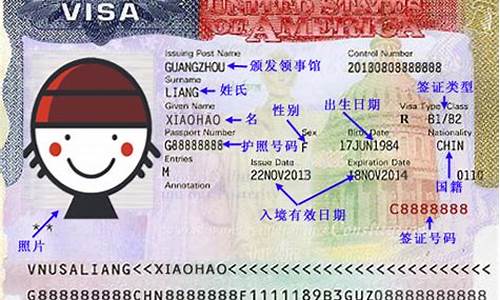摘要:

This article discusses the differences between visa paper signatures and electronic visas. It explores the benefits and drawbacks of each method and provides insights into their usage and acceptance.
目录:
1. Introduction
2. Visa Paper Signature
2.1 Process and Requirements
2.2 Advantages
2.3 Disadvantages
3. Electronic Visa
3.1 Process and Requirements
3.2 Advantages
3.3 Disadvantages
4. Comparison and Usage
4.1 Security
4.2 Convenience
4.3 Acceptance
4.4 Cost
4.5 Future Trends
5. Conclusion
1. Introduction
Visas are an essential requirement for international travel. They grant entry permission to a foreign country. Traditionally, visas were obtained through paper signatures, which involved physical documentation and processing at consulates or embassies. However, with technological advancements, electronic visas have gained popularity as a convenient alternative.
2. Visa Paper Signature
2.1 Process and Requirements
Obtaining a visa through paper signature involves submitting the necessary documents, such as passport copies, application forms, photographs, and supporting documents, to the respective consulate or embassy. The process may include in-person interviews and can vary depending on the country's requirements.
2.2 Advantages
Visa paper signatures are widely recognized and accepted by countries worldwide. They provide a physical proof of authorization and allow travelers to have a stamped visa on their passports, which can be considered a sentimental memento. Some countries may also require paper signatures for specific visa types, making it necessary in certain situations.
2.3 Disadvantages
The process of obtaining a visa through paper signature can be time-consuming and requires physical presence at consulates or embassies. It may involve long waiting periods and additional costs for travel and visa processing fees. Moreover, the risk of loss or damage to the physical visa is a concern for travelers.
3. Electronic Visa
3.1 Process and Requirements
Electronic visas, also known as e-visas, allow travelers to apply for visas online, eliminating the need for physical paperwork. Applicants need to complete online forms and upload digital copies of the required documents, including passports and photographs. The processing time varies, but it is generally faster compared to paper signatures.
3.2 Advantages
Electronic visas offer convenience and time-saving benefits. Applicants can submit their visa applications from anywhere, at any time, using a computer or mobile device with an internet connection. The online process reduces paperwork and eliminates the need for in-person interviews in many cases.
3.3 Disadvantages
Some countries may not accept electronic visas or have limited e-visa options. Technical issues or internet connectivity problems can also hinder the application process. Additionally, travelers who prefer physical visas for sentimental reasons may not find e-visas as appealing.
4. Comparison and Usage
4.1 Security
Both visa paper signatures and electronic visas have security measures in place to prevent fraud and unauthorized usage. Paper signatures utilize physical stamps and signatures, while e-visas have unique identification numbers and security features embedded in the digital format.
4.2 Convenience
Electronic visas provide the convenience of online application and faster processing times. They eliminate the need for physical presence and reduce paperwork. However, in some cases, paper signatures may be required for specific visa types or by certain countries that have not fully embraced e-visas.
4.3 Acceptance
Visa paper signatures are generally accepted worldwide and are familiar to immigration officials. However, electronic visas are gaining acceptance in many countries, especially for tourism and business purposes. The acceptance of e-visas is continuously expanding, driven by the benefits they offer in terms of efficiency and cost-effectiveness.
4.4 Cost
In terms of cost, electronic visas may have lower processing fees compared to paper signatures. However, additional charges for online processing services or government administration fees may apply. Paper signatures may involve transportation costs, consulate/embassy fees, and other expenses related to in-person visits.
4.5 Future Trends
The future of visas is leaning towards digitalization, with more countries adopting electronic visa systems. As technology advances and security measures improve, electronic visas are expected to become the norm, offering a streamlined and efficient visa application process.
5. Conclusion
In conclusion, both visa paper signatures and electronic visas have their advantages and disadvantages. The choice between the two depends on personal preferences, visa requirements, and the level of acceptance in the intended destination. As technology continues to evolve, electronic visas are becoming increasingly popular and are likely to dominate the visa application process in the future.








